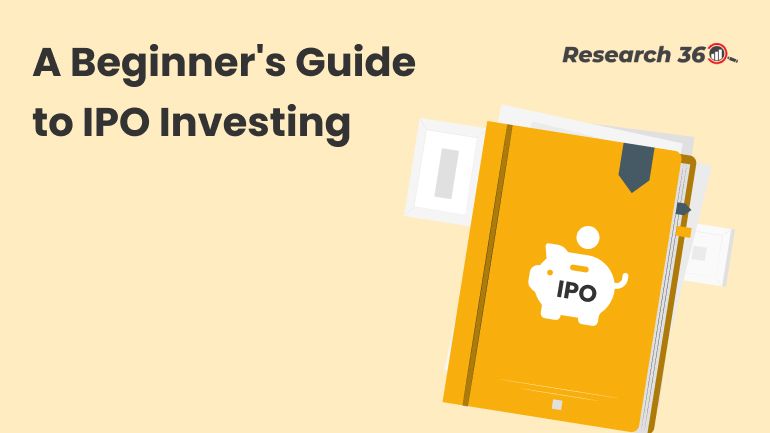Different Types of IPO

There are different types of IPOs in the Indian stock market. Get to know more about these initial public issues of shares, so you can make informed investments.
One of the advantages of investing in an IPO is the enhanced potential for capital appreciation. Companies that opt to issue their shares to the public for the first time may opt for either of the following two types of IPOs - a fixed-price IPO or a book-built IPO.
As an investor, you need to be aware of what they are and the differences between them. That said, before we delve deeper into the two IPO types, let’s first get the basics out of the way.
What is an IPO?
An Initial Public Offering or IPO is a process through which a company issues its shares to the public for the first time. The company gets funds in exchange for issuing its shares to the investors. These funds are then used to satisfy working capital requirements, repay debt, expand the business, acquire businesses and meet various other financial requirements.
What are the Different Types of IPO?
Now that we’ve covered the basics, let’s take a closer look at the two different IPO types.
Book-Built IPO
Also known as a book-building issue, a book-built IPO is the most widely preferred way of issuing shares to the public. Of late, almost all mainboard issues of companies feature the book-building process.
In a book-built IPO, the company notifies a price band for its shares. The lowest price in the price band is termed ‘floor price’, whereas the highest price in the band is termed ‘cap price’ or ‘ceiling price’. Investors interested in subscribing to its shares are required to place bids within the notified price range.
Once the issue subscription period ends, the company sets a ‘cut-off price’ after taking into account all of the bids made by the interested investors. This cut-off price acts as a way to shortlist investors eligible for allotment. All of the investors whose bids are on or above the cut-off price will be deemed to be eligible for share allotment. Meanwhile, investors whose bids are below the cut-off price are automatically rejected.
After determining the investors eligible for share allotment, the company transfers its shares to their demat accounts. If the number of bids is more than the number of shares being issued (oversubscription), the company allots shares on a pro-rata basis.
On the other hand, if the number of bids is lower than the number of shares being issued (under subscription), all of the investors who applied for the issue will get full allotment. The remaining unsubscribed shares will be transferred to the underwriter of the issue, which is most often the Book-Running Lead Manager (BRLM).
Fixed Price IPO
A fixed price issue, on the other hand, is not very common. This type of IPO is mostly preferred by companies operating in the SME segment. As the name implies, in a fixed-price IPO, the company notifies a specific price for its shares. Interested investors can submit bids only at this notified price.
Unlike a book-building issue, all the investors who applied for the fixed-price IPO are deemed to be eligible for share allotment. In the case of oversubscription, the company allots shares on a pro-rata basis. In the case of under subscription, all of the investors get allotment. The remaining unsubscribed portion of the issue is underwritten by the Book-Running Lead Manager (BRLM).
Conclusion
In a book-building issue, the company sets the cut-off price after thoroughly analyzing the demand for its shares at different prices. Such types of IPOs allow companies to determine the price of their shares more efficiently.
Fixed price IPOs, meanwhile, are relatively straightforward and have an element of certainty regarding the share prices. Apart from the difference in the pricing mechanism, both book-built issues and fixed price issues are very similar to one another.
Now, irrespective of the type of IPO, you should carefully consider certain factors such as the company's fundamentals, opportunities and risks involved, market conditions and your risk appetite, among others when applying. This way, you can ensure that you make an informed investment decision that’s in line with your financial objectives and risk profile.
















